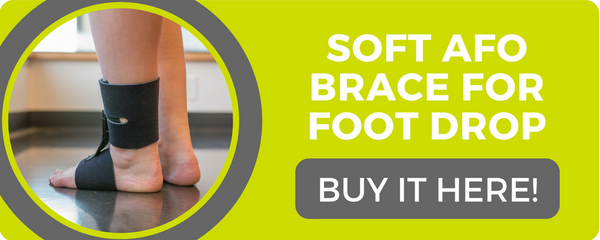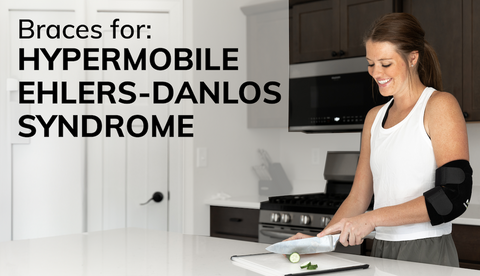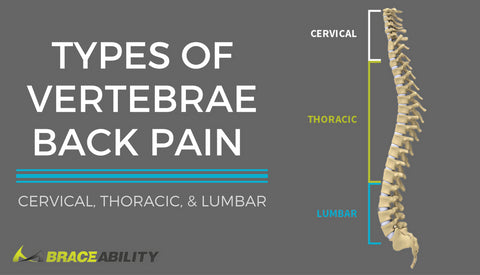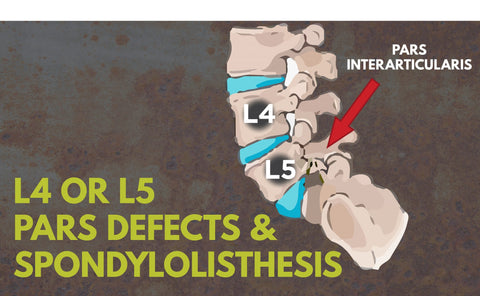The Foot Drop Test: 5 Easy Exercises for the Diagnosis of Early Drop Foot Signs
Are you experiencing symptoms of nerve damage or foot drop? Take our quiz, then try the 5 easy exercises below to give yourself an at-home test for diagnosing peroneal nerve injuries and drop foot.
What Are the Symptoms of Foot Drop?
Foot drop, sometimes called drop foot, refers to difficulty lifting the front part of your foot. It can be defined as an unusual weakness of ankle dorsiflexion. The foot and ankle dorsiflexors include your tibialis anterior, extensor hallucis longus, and extensor digitorum longus. These muscles help you walk more naturally and control plantar flexion of your foot.The most common signs of foot drop include:
- Dragging or scraping of your foot and toes across the ground as you walk.
- A high steppage gait, raising your thigh as you walk, to prevent your toes from catching the ground
- An inability to raise your foot at the ankle
- Numbness along the top of your foot or toes
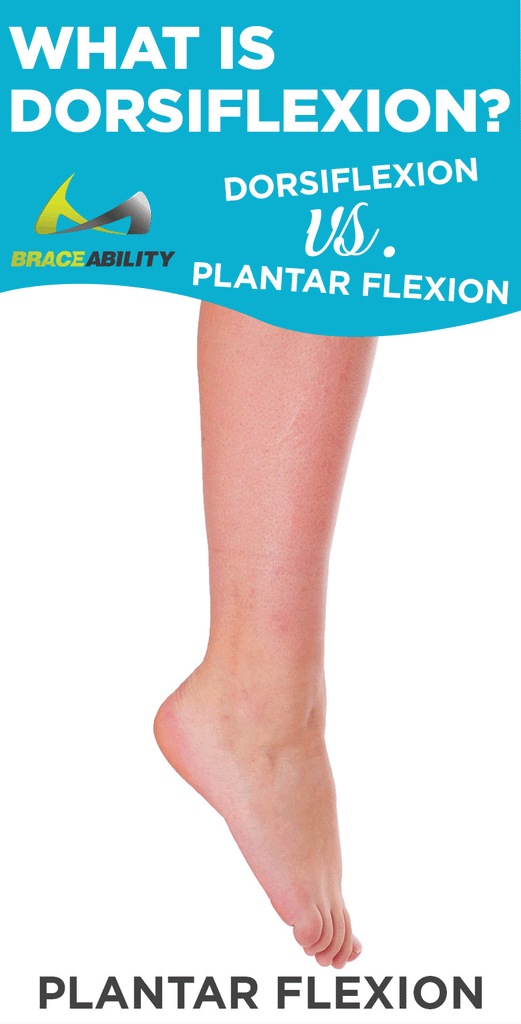
How to Diagnose Foot Drop in 5 Easy Steps
Foot drop is usually diagnosed during a physical exam. Your doctor will watch you walk and check your leg muscles for weakness. He or she may also check for numbness on your shin and on the top of your foot and toes. However, there are a few simple tests you can do in the comfort of your own home to check for foot drop.5 Simple at Home Exercises to Test for Foot Drop:
- Try walking on your heels.
- Ask yourself if you have trouble using the foot pedal while driving.
- Run up the stairs as fast as you can.
- Stand at the bottom of a staircase. Jump to the next step, landing on both feet at the same time.
- Balance on one foot.
Check out this video for further instructions:
If you can perform all of these routines, regardless of clumsiness or fatigue, then you likely do not have clinical foot drop. Visit our resource library to learn about other common foot problems.However, if you were unable to complete these peroneal nerve palsy exercises and suspect that you may have foot drop, please consult with your doctor for a proper foot drop assessment. Foot drop is often a symptom of an underlying neurological, muscular or anatomical problem and should be addressed by a medical professional as soon as possible to seek appropriate treatment.
Some of the most common causes of foot drop include:
- Nerve damage after foot, hip, back or knee replacement surgery
- Muscle or nerve disorders
- Disorders that affect your spinal cord or brain, such as amyotrophic lateral sclerosis (ALS), multiple sclerosis or stroke
How Do You Fix Foot Drop?
Rehabilitation for drop foot often varies, depending on the cause. Early treatment may improve your chances of a full recovery.Natural treatment options for foot drop might include:
- Orthopedic foot drop braces
- Shoe inserts
- Physical therapy
Splints for foot drop are typically the most common treatment method. Although they will not make your drop foot go away, braces help support your foot and leg, correcting your gait. View BraceAbility’s entire line of foot drop braces here. If natural treatment options do not provide you with enough relief, nerve stimulation or surgery might be necessary. Depending on the cause of your drop foot pain or discomfort and how long you have been experiencing foot drop symptoms, peroneal nerve surgery may be helpful. If you have had foot drop for a long time, your doctor might recommend a procedure that fuses your ankle or foot bones or surgery that transfers a working tendon and attached muscle to a different part of your foot.








